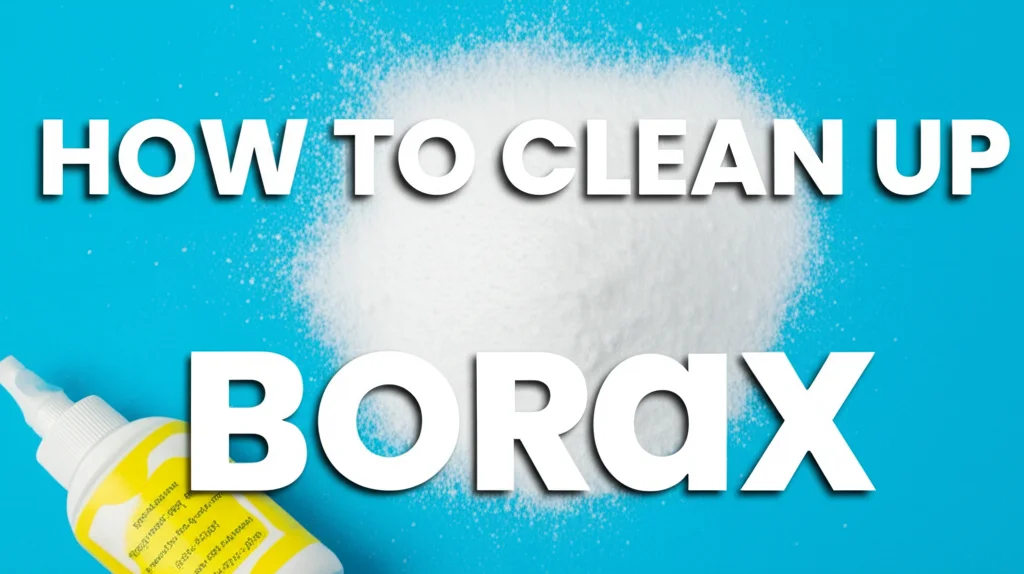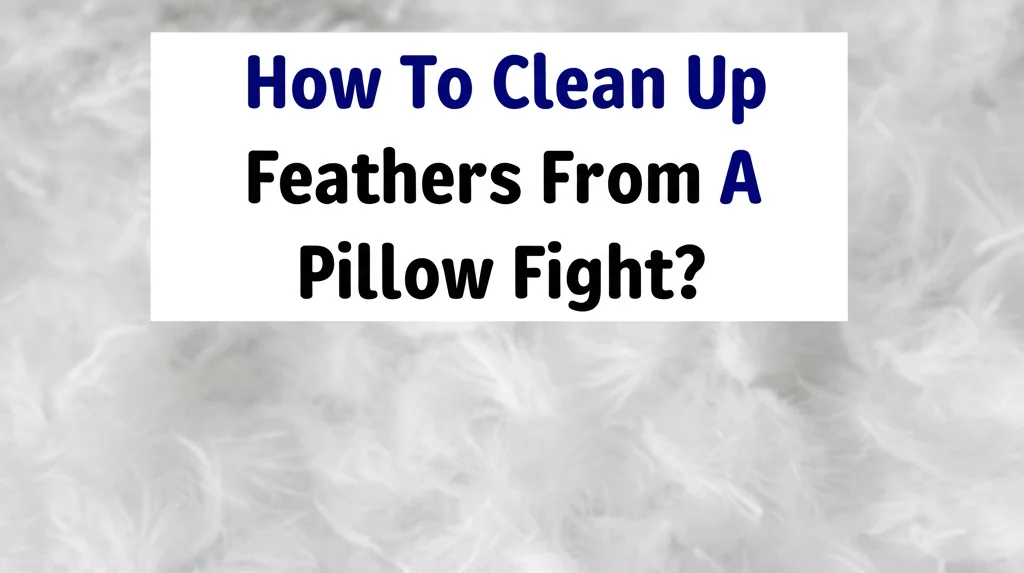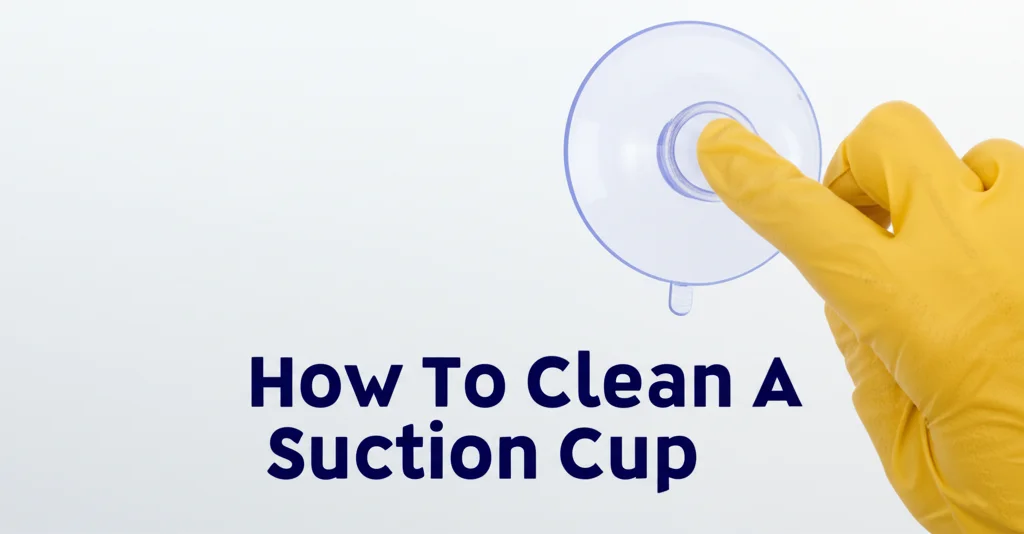· Cleaning Tips · 7 min read
how to clean fly poop

How to Clean Fly Poop: A Complete Guide
Ever noticed those tiny, dark specks around your home and wondered, “What is that?” Chances are, you’re looking at fly poop. It’s a common nuisance, but thankfully, it’s also relatively easy to clean. This article will guide you through everything you need to know about cleaning fly poop, from identifying it to preventing future problems. We’ll cover the best cleaning methods for different surfaces and offer tips to keep those pesky flies away. Let’s get started and reclaim a spotless home!
Quick Answer:
To clean fly poop, simply wipe the area with a damp cloth and mild detergent. For stubborn spots, use a disinfectant spray or a paste of baking soda and water. Always ensure the surface is thoroughly dried to prevent mold growth.
Takeaway:
- Identify fly poop as small, dark specks.
- Use mild cleaning solutions like soap and water.
- Disinfect the area to eliminate bacteria.
- Prevent future issues by controlling fly populations.
Understanding Fly Poop: What Does It Look Like?
Before you start cleaning, it’s helpful to know what you’re dealing with. Fly poop, also known as frass, appears as tiny, dark-colored specks. They often resemble grains of pepper or small dots. You’ll typically find them clustered around areas where flies congregate, such as windowsills, light fixtures, ceilings, and near food sources. The color can vary slightly depending on what the fly has been feeding on, but it’s generally black or dark brown. Recognizing these signs will help you quickly address the problem and keep your home clean.
Why Cleaning Fly Poop Matters: More Than Just Aesthetics
While fly poop might seem like a minor annoyance, it’s important to clean it up promptly. Flies carry bacteria and pathogens, and their droppings can contaminate surfaces. This can pose a health risk, especially in kitchens and areas where food is prepared. Leaving fly poop uncleaned can also attract more flies, creating a vicious cycle. Regular cleaning not only improves the appearance of your home but also helps maintain a healthy living environment. Don’t underestimate the importance of a clean space for your well-being!
Cleaning Fly Poop From Different Surfaces
The best way to clean fly poop depends on the surface it’s on. Here’s a breakdown of methods for common household areas:
Hard Surfaces: Counters, Floors, and Walls
Hard surfaces are generally the easiest to clean. Start by wiping the area with a damp cloth and a mild dish soap solution. For stubborn spots, you can use a disinfectant spray to kill any lingering bacteria. Be sure to rinse the surface with clean water and dry it thoroughly. A simple solution of equal parts white vinegar and water can also be effective for removing stains and disinfecting. Remember to always test the cleaning solution in an inconspicuous area first to ensure it doesn’t damage the surface.
Fabrics: Upholstery, Carpets, and Curtains
Cleaning fly poop from fabrics requires a bit more care. First, gently remove any loose debris with a vacuum cleaner. Then, mix a small amount of mild detergent with water and gently blot the stain with a clean cloth. Avoid rubbing, as this can spread the stain. For tougher stains, consider using a carpet cleaner specifically designed for spot removal. You can also find helpful advice on removing stains from carpets at https://www.beacleaner.com/how-to-get-gravy-stains-from-carpet/. Always test the cleaning solution on a hidden area of the fabric before applying it to the stain.
Glass and Windows
Fly poop on glass is usually easy to remove. Simply spray the surface with a glass cleaner and wipe it clean with a microfiber cloth. For dried-on spots, you can dampen the cloth with warm water and gently scrub the area. A solution of vinegar and water can also work wonders on glass surfaces. Make sure to dry the glass thoroughly to prevent streaks. Cleaning windows can be a breeze with the right tools and techniques.
Delicate Surfaces: Wood and Painted Walls
Delicate surfaces require a gentle approach. Avoid using harsh chemicals or abrasive cleaners. Instead, dampen a soft cloth with warm water and gently wipe the area. If the stain is stubborn, you can try a paste of baking soda and water, applying it gently and rinsing thoroughly. Always test the cleaning solution in an inconspicuous area first to ensure it doesn’t damage the finish. If you’re dealing with mold from moisture, check out https://www.beacleaner.com/how-to-remove-mold-from-painted-walls/ for guidance.
Disinfecting After Cleaning: Eliminating Germs
After removing the fly poop, it’s important to disinfect the area to eliminate any lingering bacteria. You can use a commercial disinfectant spray or a solution of bleach and water (1 tablespoon of bleach per gallon of water). Apply the disinfectant to the surface and let it sit for the recommended amount of time, then rinse with clean water. Always follow the manufacturer’s instructions when using disinfectants. Disinfecting provides an extra layer of protection and helps maintain a healthy home environment.
Preventing Fly Infestations: Keeping Poop at Bay
The best way to deal with fly poop is to prevent it from happening in the first place. Here are some tips for controlling fly populations:
- Keep your home clean: Regularly clean up food spills and crumbs.
- Seal food properly: Store food in airtight containers.
- Take out the trash regularly: Don’t let garbage accumulate.
- Screen windows and doors: Prevent flies from entering your home.
- Use fly traps: Place fly traps in areas where flies are common.
- Eliminate breeding grounds: Remove standing water and decaying organic matter.
By taking these preventative measures, you can significantly reduce the number of flies in your home and minimize the amount of fly poop you have to clean up. If you’re struggling with persistent fly problems, consider consulting a pest control professional.
Dealing with Stubborn Stains: When Extra Effort is Needed
Sometimes, fly poop can leave behind stubborn stains. Here are a few extra tips for tackling those tough spots:
- Baking Soda Paste: Mix baking soda with water to form a paste and apply it to the stain. Let it sit for 15-20 minutes, then scrub gently and rinse.
- Vinegar Solution: A solution of equal parts white vinegar and water can help dissolve stains. Apply it to the stain, let it sit for a few minutes, then wipe clean.
- Commercial Stain Remover: For particularly stubborn stains, consider using a commercial stain remover specifically designed for the surface you’re cleaning. Always follow the manufacturer’s instructions.
- Steam Cleaning: Steam cleaning can be effective for removing stains from carpets and upholstery. However, be sure to test the steam cleaner on a hidden area first to ensure it doesn’t damage the fabric. You can learn more about steam cleaning at https://www.beacleaner.com/can-you-use-a-steam-mop-on-linoleum/.
FAQ About Cleaning Fly Poop
Q: Is fly poop harmful to humans?
A: While generally not highly dangerous, fly poop can carry bacteria and pathogens that can cause illness. It’s best to clean it up promptly and disinfect the area to minimize any health risks.
Q: How can I tell the difference between fly poop and other types of spots?
A: Fly poop is typically very small, dark, and appears in clusters. It often resembles grains of pepper. Other spots may be larger, have a different color, or have a different texture.
Q: Can I use bleach to clean fly poop?
A: Yes, you can use a diluted bleach solution (1 tablespoon per gallon of water) to disinfect the area after cleaning. However, always test it in an inconspicuous area first and follow the manufacturer’s instructions.
Q: What’s the best way to prevent flies from entering my home?
A: The best way to prevent flies is to keep your home clean, seal food properly, take out the trash regularly, and screen windows and doors.
Q: Are fly traps effective?
A: Yes, fly traps can be effective at catching flies and reducing their population. Place them in areas where flies are common.
Conclusion: A Spotless Home is Within Reach
Cleaning fly poop doesn’t have to be a daunting task. By following the simple steps outlined in this guide, you can effectively remove fly poop from any surface and prevent future infestations. Remember to identify the poop, choose the appropriate cleaning method for the surface, disinfect the area, and take preventative measures to keep flies away. A clean home is a healthy home, and tackling fly poop is a key part of maintaining a comfortable and hygienic living space. Don’t let those tiny specks bother you any longer – take action today and enjoy a spotless home! For more cleaning tips and tricks, explore our other articles at https://www.beacleaner.com.




